11 7月 Porous Ceramic Foam Filter
Porous Ceramic Foam Filter
Porous Ceramic Foam Filter for Aluminum Alloys Since the first research in 1978, foam ceramic filtration technology has developed rapidly.
Porous Ceramic Foam Filter uses polyurethane foam as a carrier, immersing it in a coating made of ceramic powder, binder, sintering aid, suspending agent, etc., and then extruding excess coating to apply the ceramic coating to the carrier uniformly. The skeleton becomes a green body, which is dried and fired at a high temperature.
Porous Ceramic Foam Filter is divided into bonding and sintering types. The former relies on a binder to bond ceramic fine particles together, and the latter relies on heat preservation at a high temperature to sinter the relatively pure ceramic fine particles.
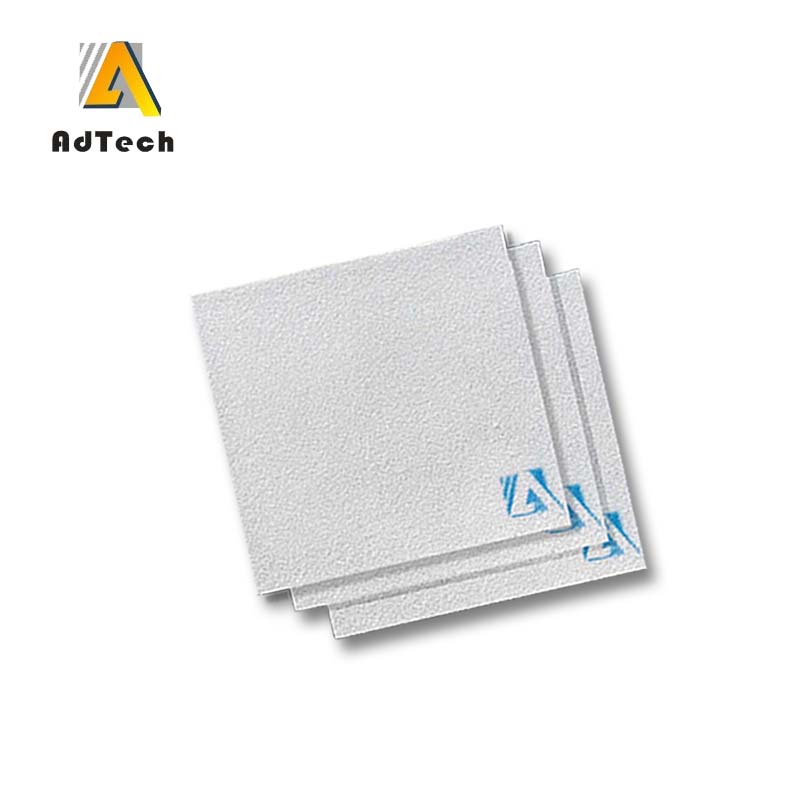
The unique three-dimensional connected curved pore network structure of the foam ceramic filter has an open porosity of up to 80%~90% and has the following three filtration purification mechanisms.
1. Mechanical interception
2. Rectifier scum
The rectifying action of the filter plate makes the runner in front of the filter plate full, so that the filtered aluminum water is in a smooth laminar state, and the oxidation and erosion reaction of aluminum is weakened, so that the inclusions are easy to float and catch, so that the filter The number of secondary inclusions after the reduction is reduced.
3. Deep adsorption
The fine inclusions entering the inside of the filter are attracted to the skeleton or are retained in the dead space of the network due to sufficient contact with the ceramic network having a complicated flow path.
Through these three filtration purification mechanisms, it can efficiently filter out large inclusions of aluminum liquid and a large number of tiny suspended inclusions as small as tens of micrometers. The filtration efficiency of ceramic foam filters is as high as 95%, which is significantly reduced. Casting scrap rate and weld repair rate.
In addition, it simplifies the gating system and improves the metallurgical structure, thereby increasing the casting process yield and productivity, and improving the internal quality, workability, and machinability of the casting.
Therefore, the ceramic foam filter has a good application prospect.
In casting production, the scrap rate of castings due to casting defects such as non-metallic inclusions is generally as high as 50% to 60% of the total number of scraps.
Inclusion defects not only seriously reduce the mechanical properties of the casting, but also have a detrimental effect on its processing properties and appearance.
Purifying liquid casting alloys and reducing or eliminating various non-metallic inclusions is undoubtedly a very important technical measure for obtaining high-quality castings.
The filtration technology can effectively achieve the purpose of purifying the liquid casting alloy.


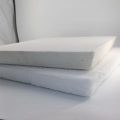
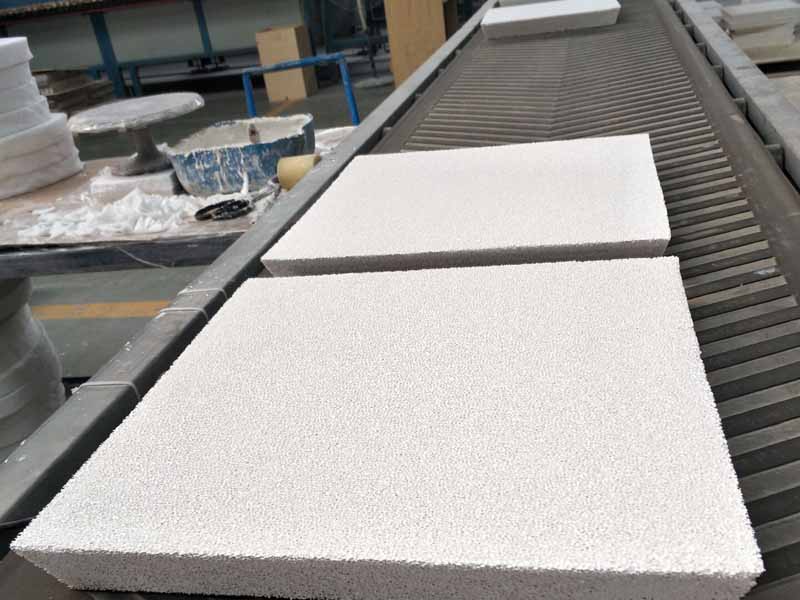
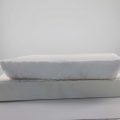
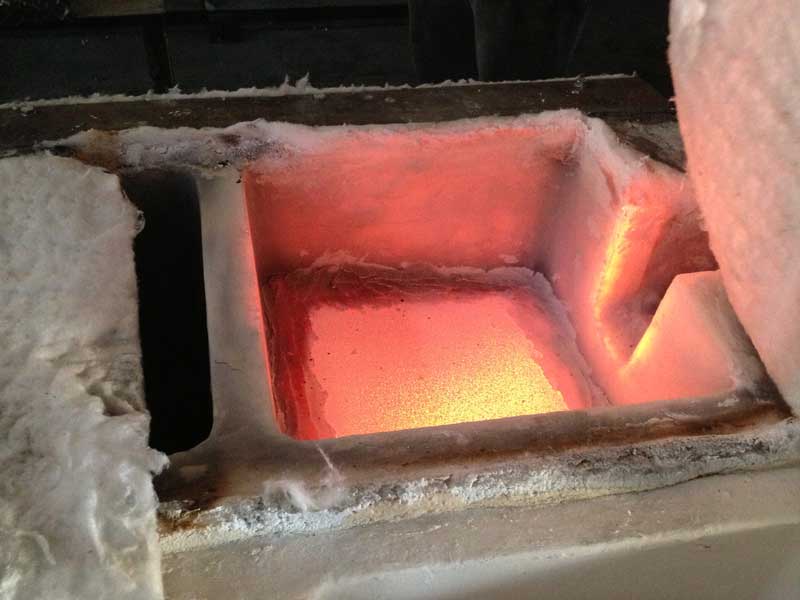
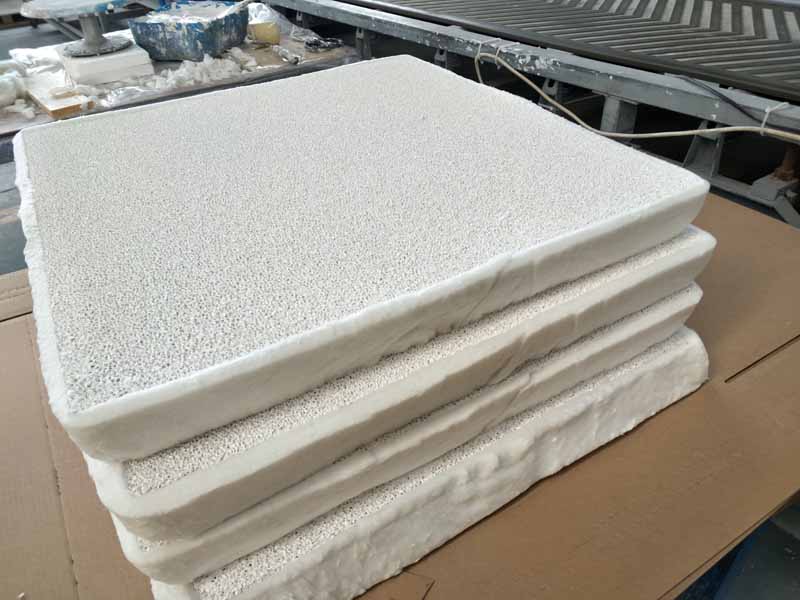
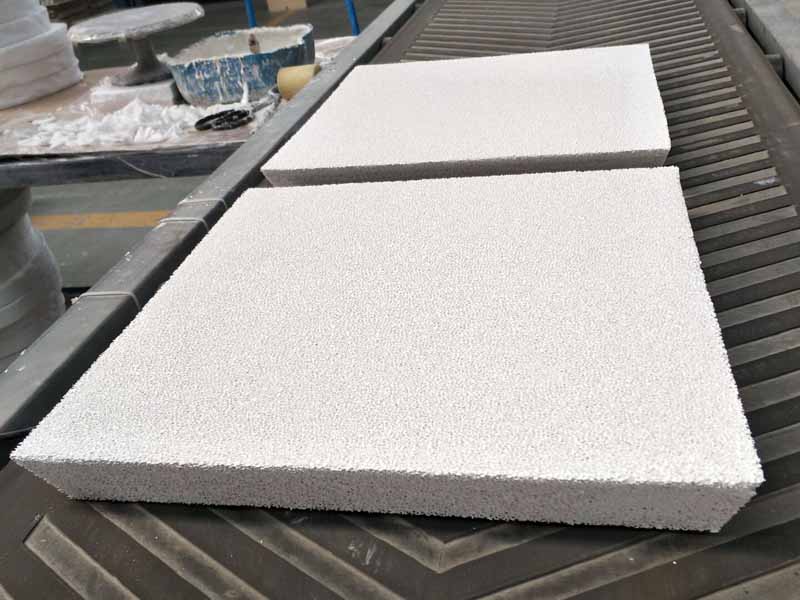
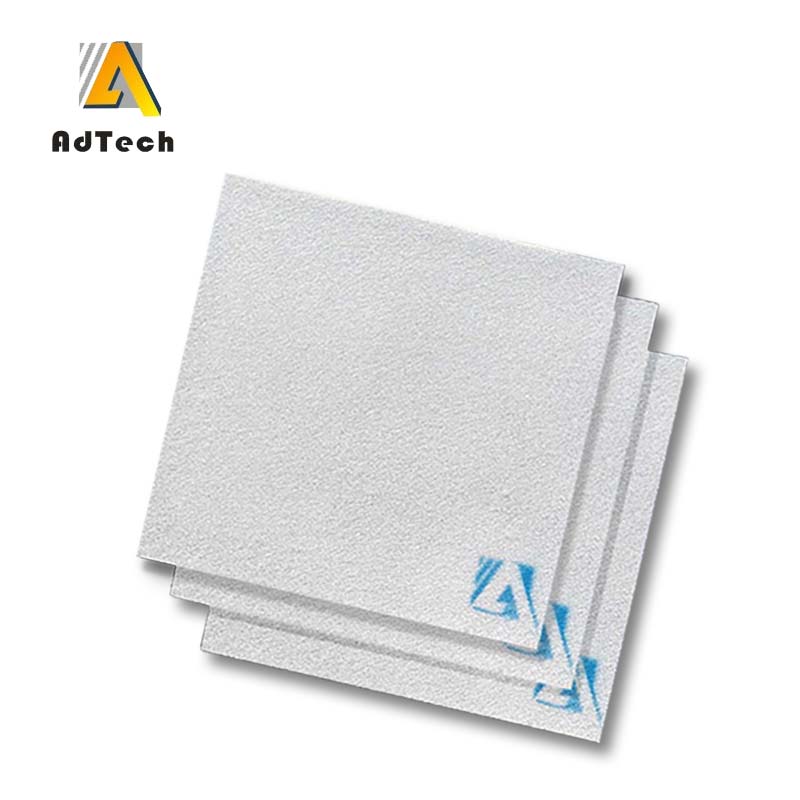
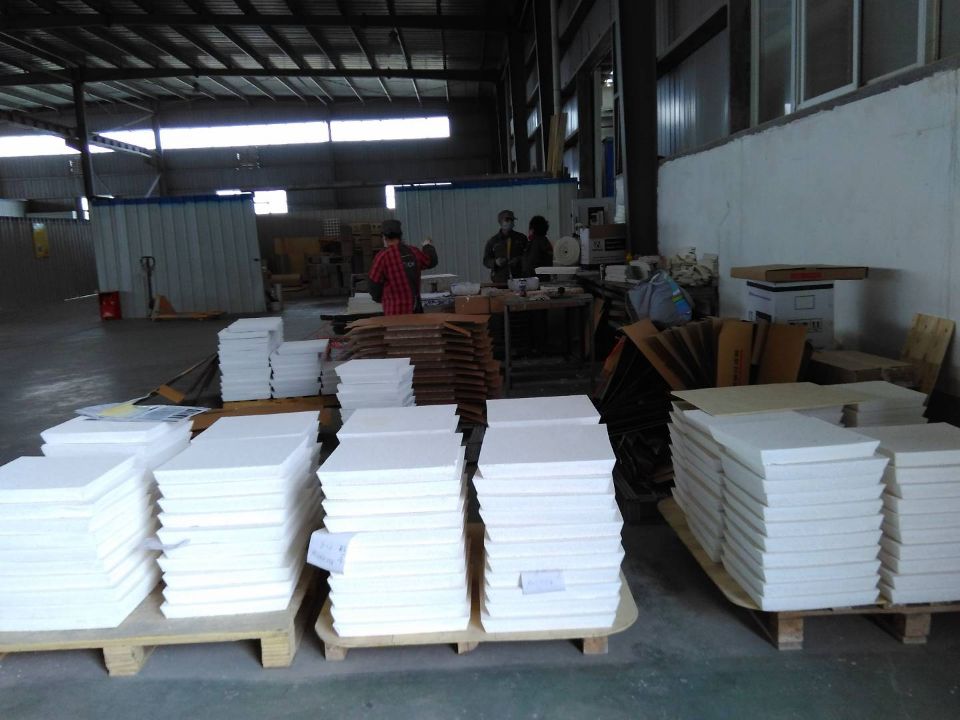
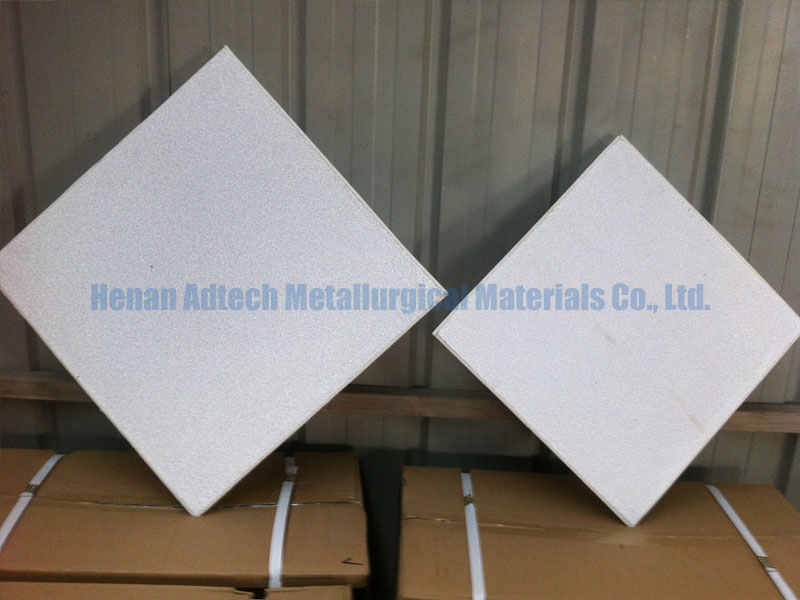
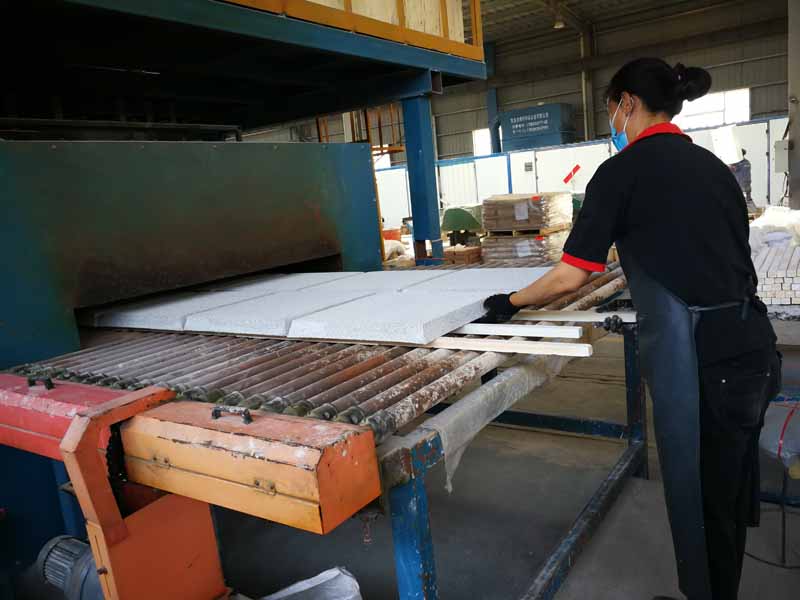
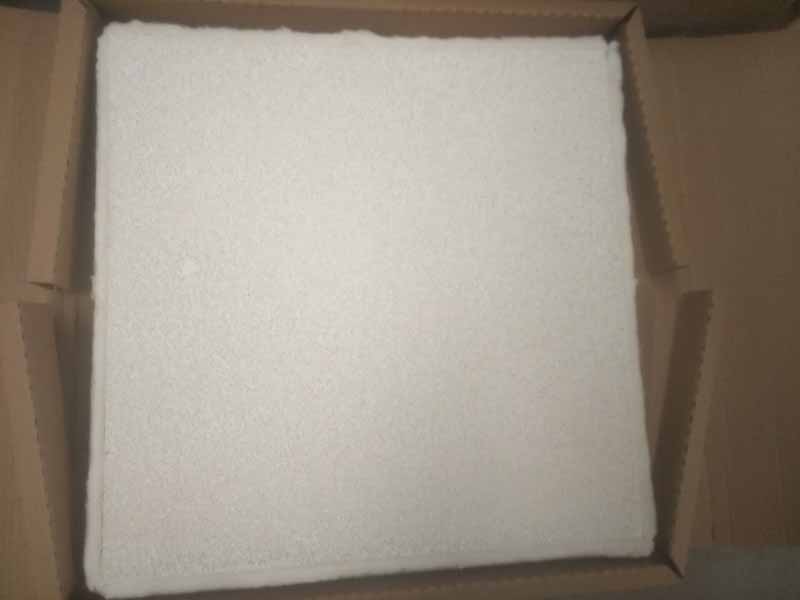
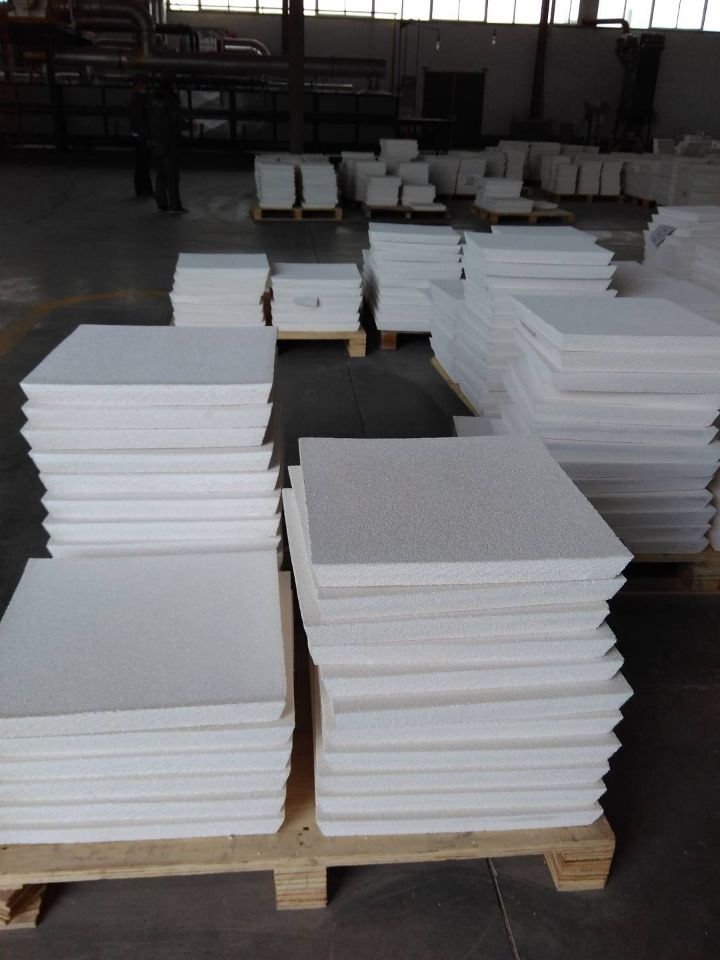
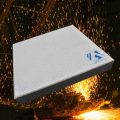
Sorry, the comment form is closed at this time.